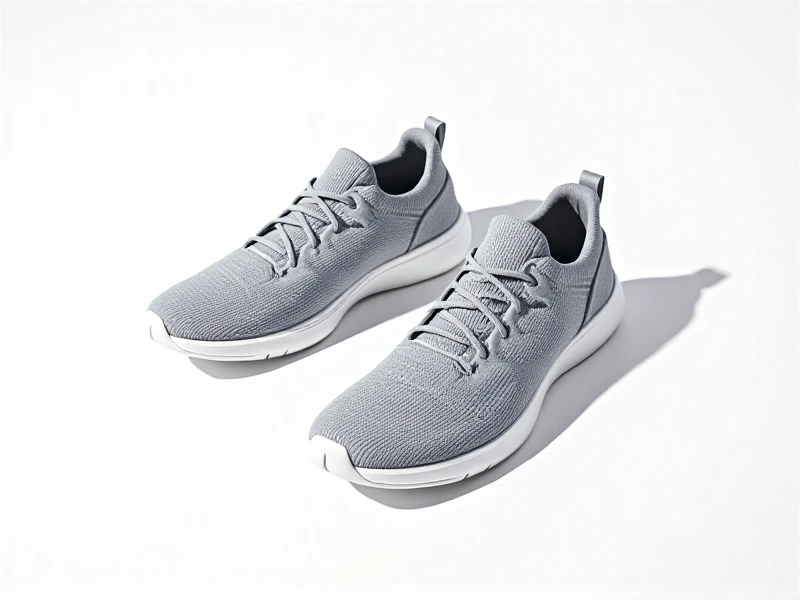
The Ultimate Guide to Finding Your Perfect Pair of Sports Shoes
Choosing the right sports shoes isn't just about style – it impacts your performance, comfort, and long-term joint health. Whether you're a seasoned marathon runner or hitting the gym twice a week, investing in proper sports shoes tailored to your activity is non-negotiable. Here’s how to navigate the crowded market and find your perfect fit:
Why The Right Pair Matters Wearing inadequate shoes increases your risk of injury significantly. Ankle sprains, shin splints, plantar fasciitis, and knee pain often stem from poor support or incorrect cushioning. Performance suffers too – unstable footwear wastes energy and compromises form. Think of quality sports shoes as essential equipment, not an accessory.
Activity Dictates Design Not all sports shoes are created equal! Running shoes prioritize forward-motion cushioning and shock absorption. Cross-training shoes need lateral stability for side-to-side movements. Basketball sneakers focus on ankle support and court grip. Hiking boots demand durability and terrain traction. Wearing running shoes for tennis spells disaster. Always match the shoe technology to your primary activity.
Finding Your Perfect Fit
- Get Professionally Fitted: Shoe sizes vary wildly between brands. Visit a specialty store later in the day (feet swell!) and have both feet measured. Your longest toe needs a thumb's width of space.
- Arch Type is Key: Know your arch (flat, neutral, high). Neutral arches suit most stability shoes, flat arches likely need motion control, high arches crave cushioning. Many stores offer gait analysis.
- Comfort Over Trends: They should feel supportive and instantly comfortable. No painful "break-in" periods! Test them – mimic your sport's movements (jogging spot, lunges).
- Look Beyond Color: Prioritize foot shape compatibility (wide/narrow fit options), breathable uppers (mesh!), and the appropriate sole flexibility/stiffness for your sport.
Longevity & Replacement Top-tier sports shoes may cost more, but they offer superior technology and durability. However, cushioning compresses. Replace running shoes every 300-500 miles, or sooner if you notice uneven wear, lost support, or persistent aches after activity. Rotating two pairs extends lifespan and reduces injury risk.
Conclusion Your feet are your foundation. Don’t gamble with generic sneakers for serious activity. Dedicate time to research, seek expert fitting, and invest wisely in sport-specific footwear. The right sports shoes unlock your true athletic potential, keep you injury-free, and make every step feel effortless. Ready to elevate your game? Your perfect pair awaits.